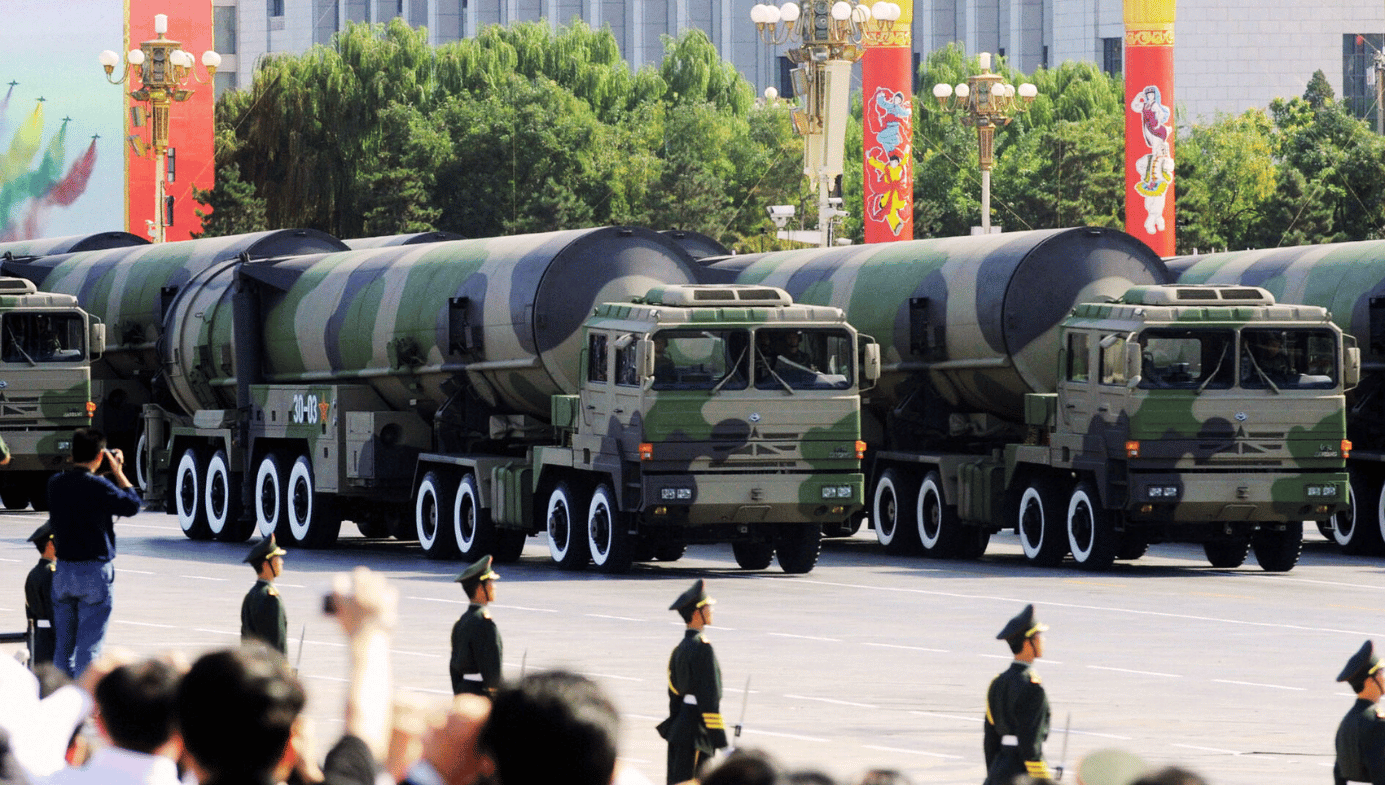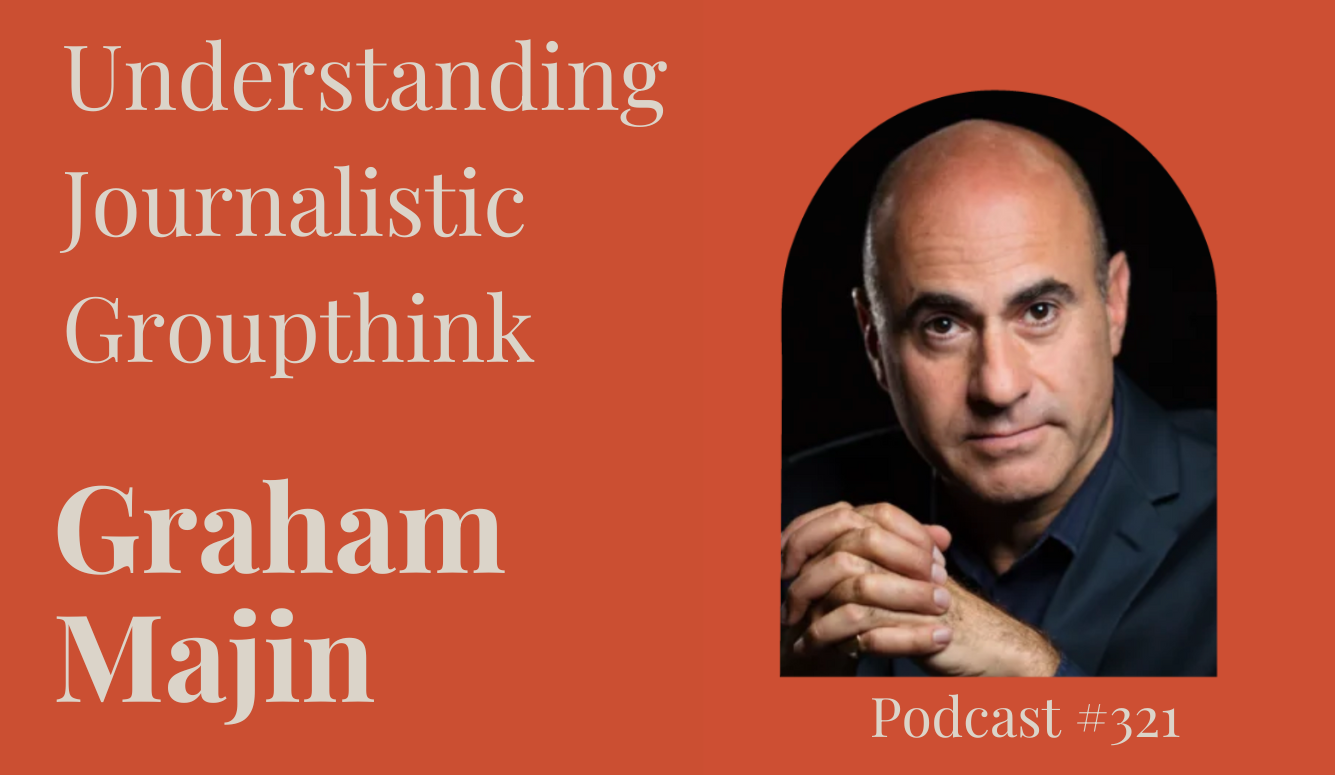Politics
Storm Warnings in the West Pacific
Only robust deterrence from Washington can thwart China’s designs in the South China Sea.

The tiny Pacific island of Guam sits just off the lip of the Mariana Trench, a fissure in the sea bed that plunges to the hadal depth of 36,000 feet (around 10,973 metres)—deeper than any other part of the world’s oceans. Guam also lies on the eastern edge of the modern world’s most perilous geopolitical zone, where unstable nuclear powers and multiple flashpoints could soon cause the entire region to fall into the abyss of war.
Guam is at once a paradise of palm-fringed shorelines and the foreboding site of three US military bases. It is a crucial link in the “second island chain” that stretches from Japan down to Western New Guinea (one of three such chains representing an old Cold War strategy to contain China). Most significantly, Guam sits just 1,700 miles (2,736 km) from Taiwan. Should the Chinese Communist Party decide to invade, this island would play a critical role.
That makes Guam a target. American war games assume as much, which is why they simulate pre-emptive Chinese attacks on the island. Beijing’s DF-26 ballistic missile has even been dubbed the “Guam Killer.” With a range of 5,000 kilometres, it could easily make the long journey from China’s desert silos to the archipelagos of the northwest Pacific, where Guam is nestled. It would devastate American forces and so begin the most consequential war the world has yet seen.

Since the pandemic, the US Marine Corps has been steadily increasing its presence on the island. Indo-Pacific Command spent years requesting congressional funding for Guam’s runway repair capabilities, missile defence, and command-and-control centre facilities. By last year, Congress was budgeting US$3.2 billion for military projects and construction spending on Guam. This included US$545 million for the missile defence system—US$147 million more than requested.
Nevertheless, as has so often been the case throughout its 250-year history, the United States is moving at a glacial pace. The ship of state is slow to turn, someone once said, and they probably had Washington in mind. The Pentagon’s joint program office for Guam’s missile defence is now waiting for funds to be “reprogrammed” from elsewhere in the budget. A planned command centre will not be ready until the end of 2025. The island is still too vulnerable and at just the wrong moment.
We are living through Beijing’s only realistic window of opportunity to take Taiwan. By the 2030s, the temporary lull in American military power will have been corrected, and China’s economic and demographic challenges will have become so enormous and complex that the CCP will be unable to look anywhere but inward. Xi Jinping knows his time is running out. We can therefore hardly overstate the importance of strong deterrence in the Indo-Pacific.
Enter Australia.






